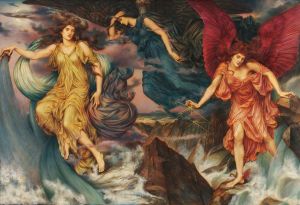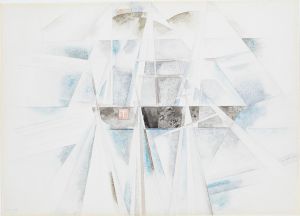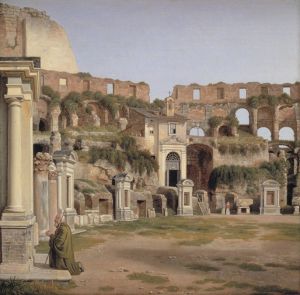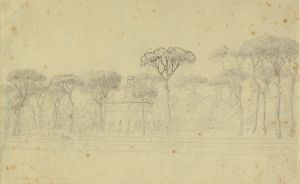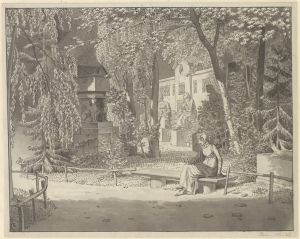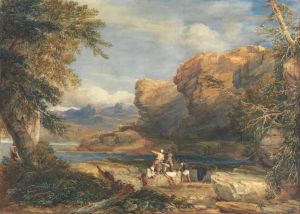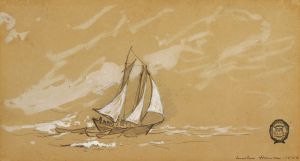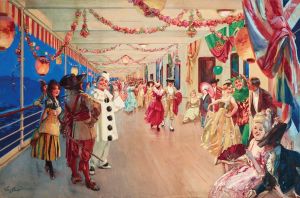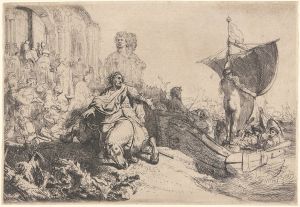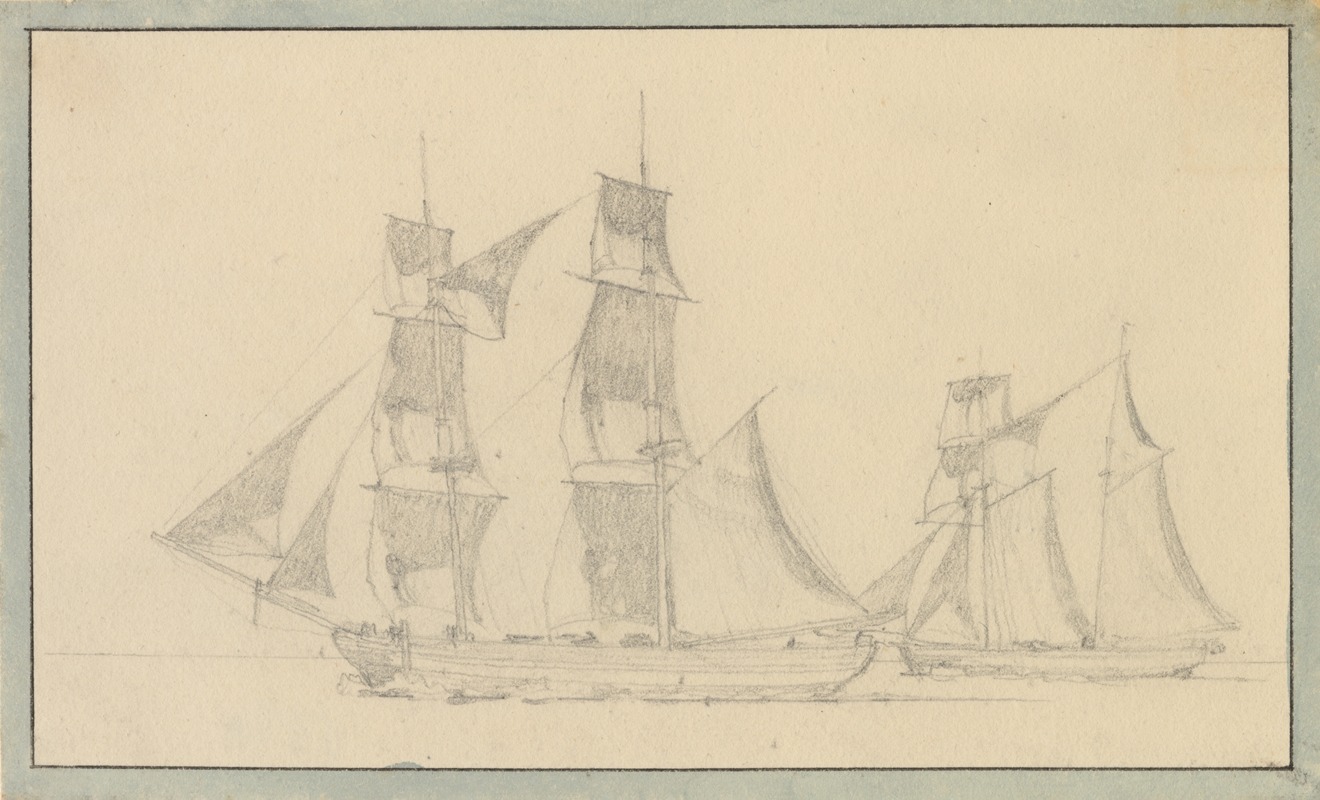
En brig og en skonnert under sejl
A hand-painted replica of Christoffer Wilhelm Eckersberg’s masterpiece En brig og en skonnert under sejl, meticulously crafted by professional artists to capture the true essence of the original. Each piece is created with museum-quality canvas and rare mineral pigments, carefully painted by experienced artists with delicate brushstrokes and rich, layered colors to perfectly recreate the texture of the original artwork. Unlike machine-printed reproductions, this hand-painted version brings the painting to life, infused with the artist’s emotions and skill in every stroke. Whether for personal collection or home decoration, it instantly elevates the artistic atmosphere of any space.
"En brig og en skonnert under sejl" is a painting by the Danish artist Christoffer Wilhelm Eckersberg, created in 1833. Eckersberg, often referred to as the "father of Danish painting," played a crucial role in the development of the Danish Golden Age of painting. His works are renowned for their meticulous attention to detail, clarity, and the ability to capture the essence of the subjects he portrayed.
This particular painting, whose title translates to "A Brig and a Schooner under Sail," exemplifies Eckersberg's fascination with maritime themes, a common subject in his oeuvre. The painting depicts two types of sailing vessels, a brig and a schooner, navigating the open sea. Eckersberg's interest in maritime subjects was not merely artistic; it was also deeply personal and professional. He was appointed as a professor at the Royal Danish Academy of Fine Arts in Copenhagen, where he taught perspective and naval art, influencing a generation of artists.
Eckersberg's approach to painting was heavily influenced by his studies and travels. He studied under Jacques-Louis David in Paris, where he honed his skills in neoclassical techniques. His travels to Rome further enriched his artistic perspective, allowing him to incorporate elements of light and atmosphere into his works, which became characteristic of his style. These experiences contributed to his ability to render scenes with a sense of realism and precision.
In "En brig og en skonnert under sejl," Eckersberg's attention to detail is evident in the accurate depiction of the ships' rigging and sails. The painting captures the dynamic movement of the vessels as they cut through the water, with the wind billowing in their sails. The sea is rendered with a sense of movement and depth, showcasing Eckersberg's skill in portraying natural elements. The use of light in the painting highlights the contrast between the ships and the surrounding sea and sky, creating a harmonious composition that draws the viewer's eye across the canvas.
Eckersberg's work is often celebrated for its clarity and precision, qualities that are prominently displayed in this painting. His ability to convey the technical aspects of shipbuilding and navigation, combined with his artistic sensibility, results in a work that is both informative and aesthetically pleasing. The painting not only serves as a testament to Eckersberg's skill as an artist but also provides insight into the maritime culture of the 19th century, a period when Denmark had a strong seafaring tradition.
Today, "En brig og en skonnert under sejl" is part of the collection at the Statens Museum for Kunst (The National Gallery of Denmark) in Copenhagen. The museum holds a significant collection of Eckersberg's works, reflecting his importance in Danish art history. His paintings continue to be studied and admired for their contribution to the Danish Golden Age and their influence on subsequent generations of artists.
Eckersberg's legacy is marked by his dedication to capturing the world with accuracy and beauty, and "En brig og en skonnert under sejl" is a prime example of his mastery in depicting maritime subjects. Through his work, viewers can appreciate the skill and artistry required to portray the intricate details of ships and the ever-changing nature of the sea.





